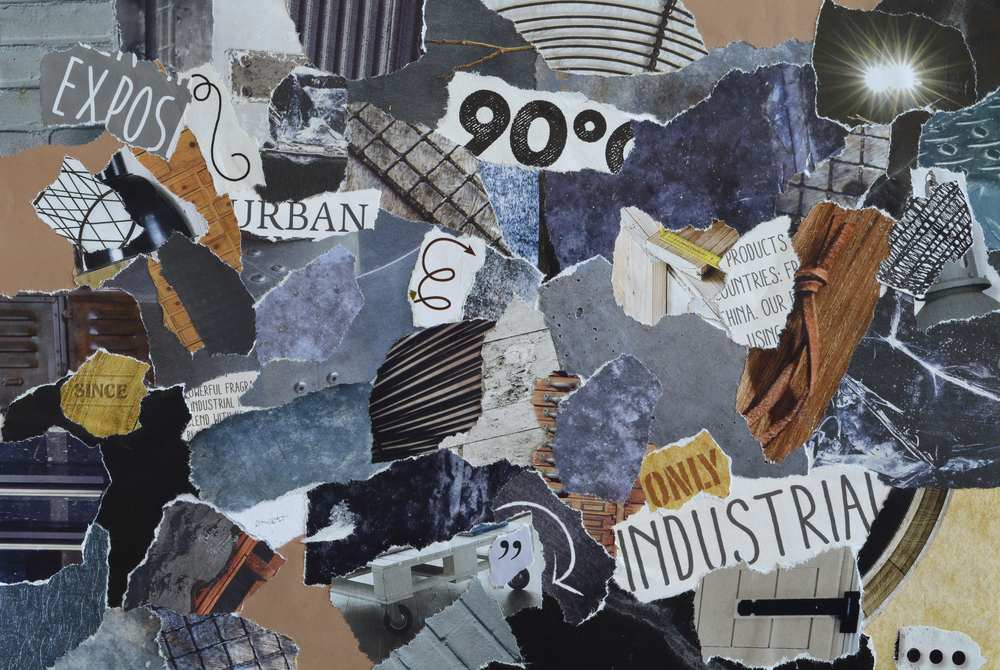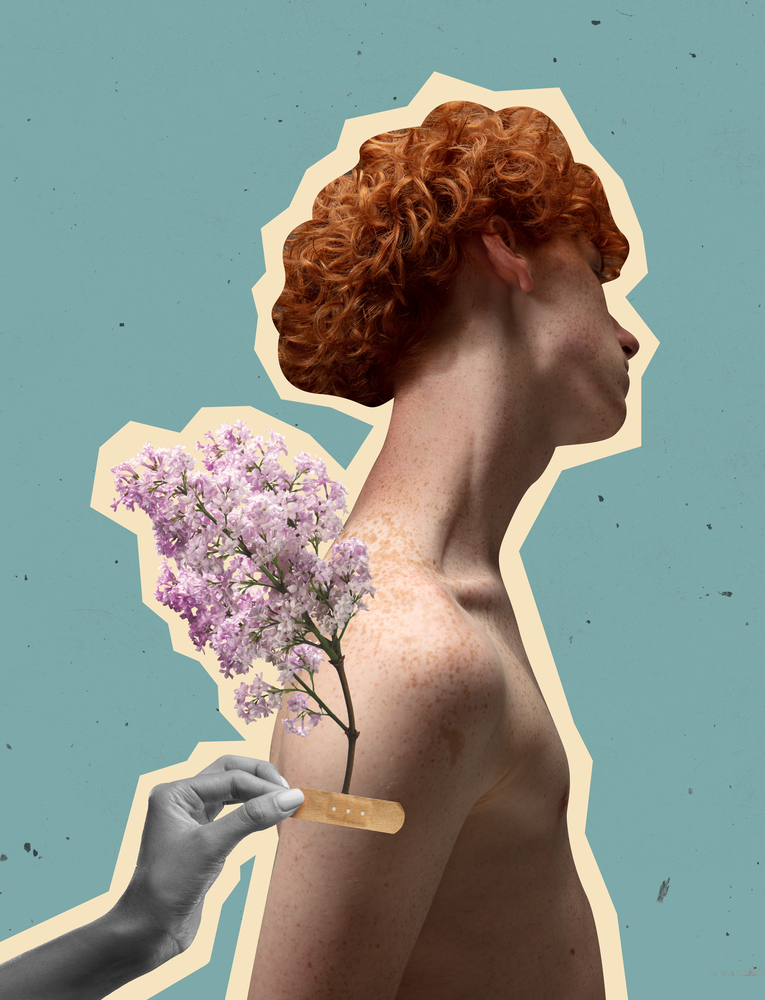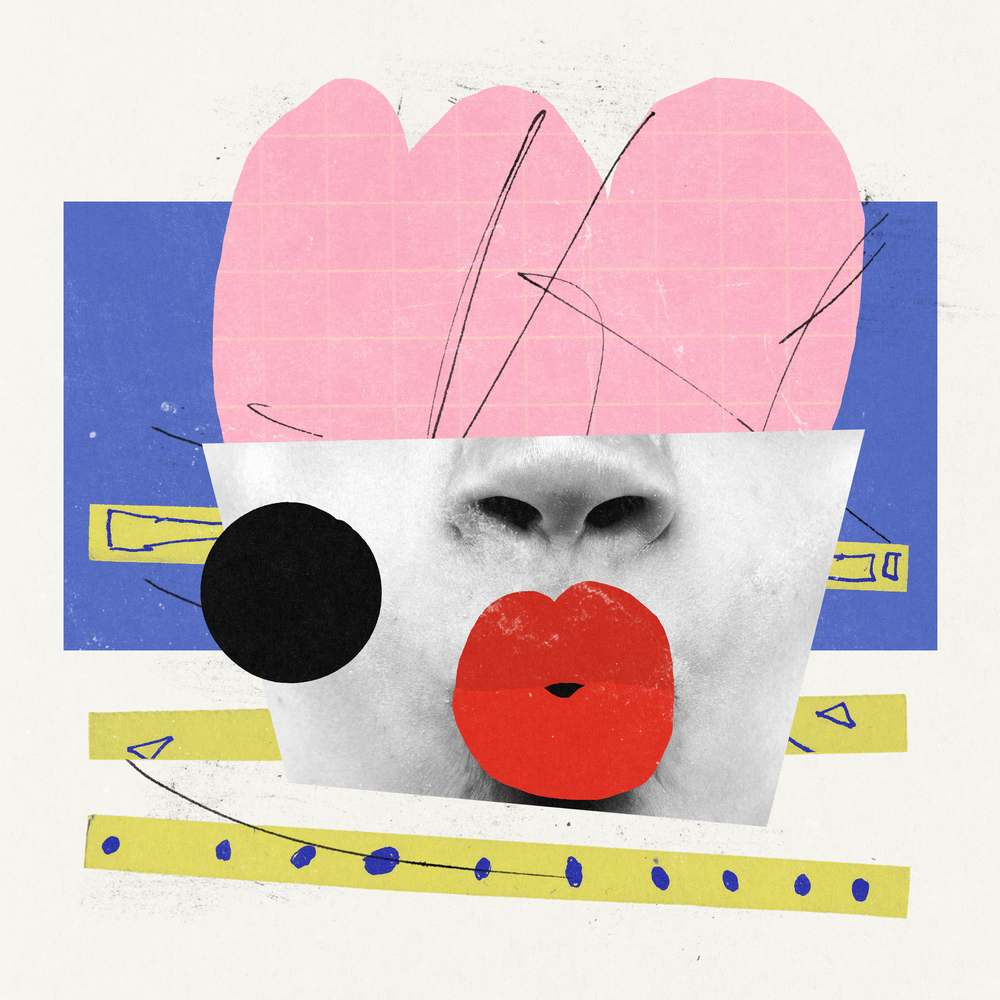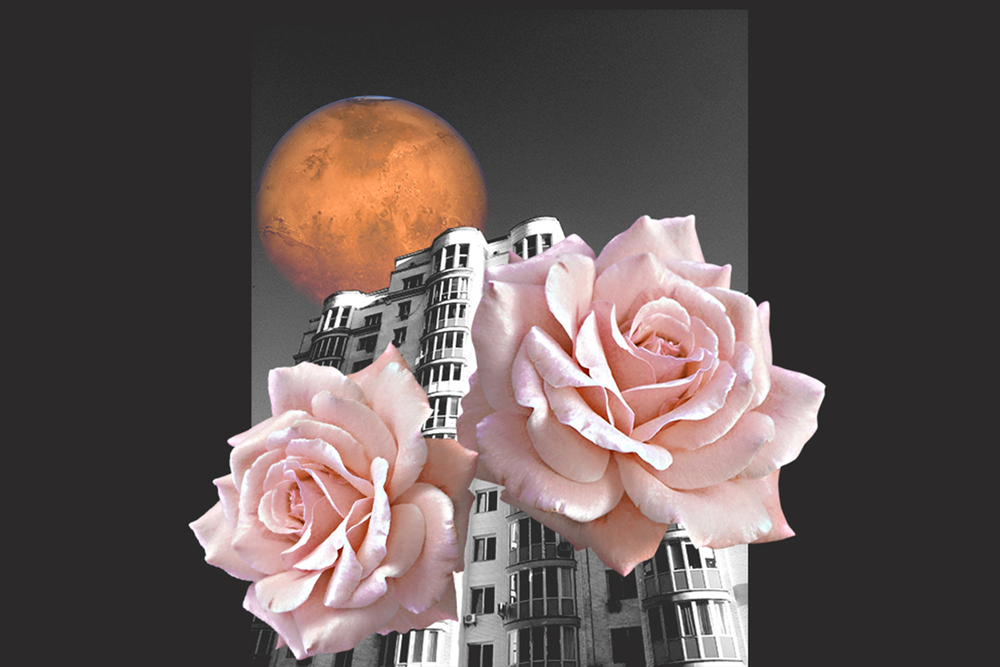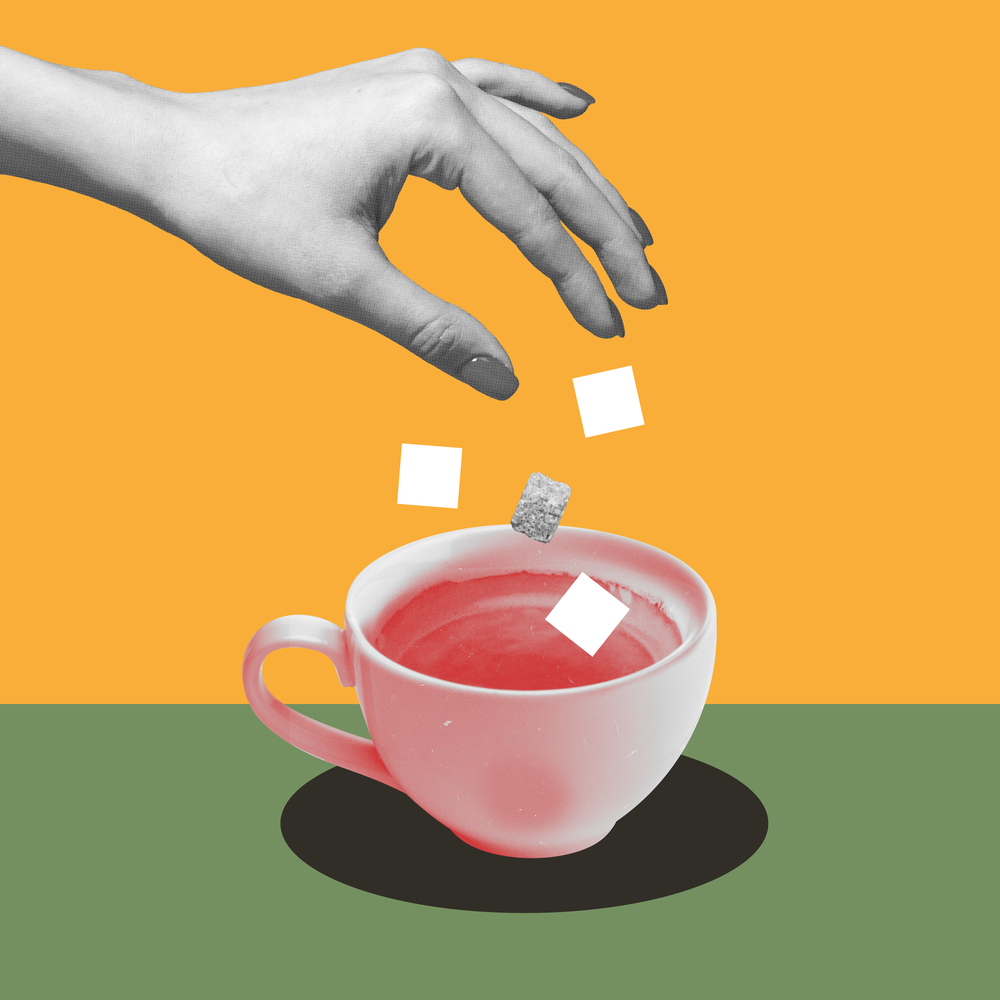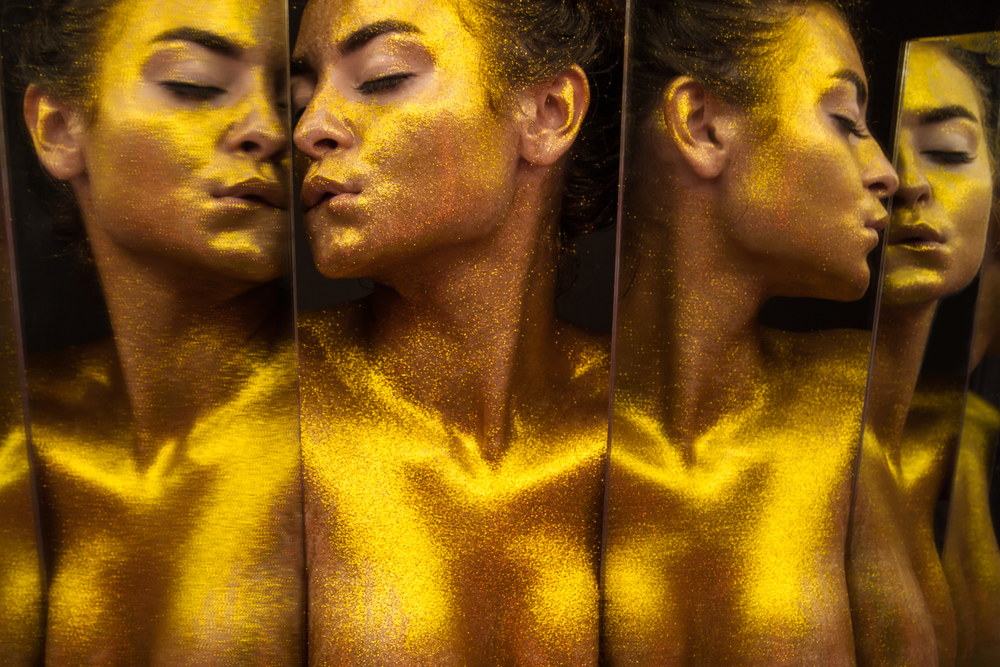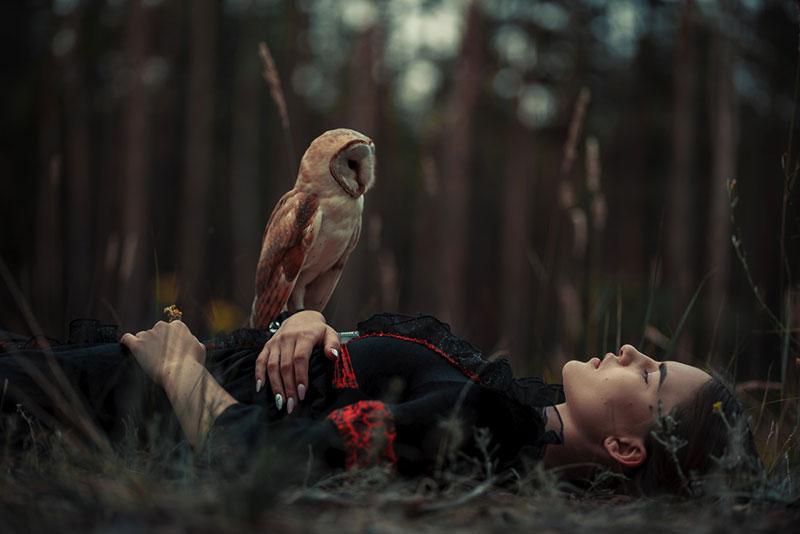The Art of Collage: Tips for Creating Unique Graphic Compositions and Collection [+Free Files]
In today’s visually saturated online world, your message has very little time to engage your audience before they move on to the next thing. In this competition for attention, eye-catching images are key. But how do you stand out among all the spectacular photos and videos on the web? Our answer is creative collages.
Collages can be the jewel of your email newsletter, advertising campaign, or social media communication. Moreover, you don’t need to create them yourself, as we’ve put together a special collection of original collages that are perfect for any format. Check it out and choose images for your next exciting project!
To get free downloads, click the banner above, switch to «Annual Upfront» subscriptions, and press the «Free 7 Day Trial» button.
Briefly about the art of collage
As an art form, collage emerged at the beginning of the last century thanks to the works of Pablo Picasso, Henri Matisse, and Georges Braque. It was them who coined the term “collage”. However, the artistic technique, which involves the use of different materials such as paper and fabric, existed long before that.
With the rise of digital technology, collage evolved beyond the process of cutting and pasting by hand. This is how digital collage appeared, which became even more experimental. Unlike traditional collage, it is created by overlaying various images and textures. Programs like Photoshop, Illustrator, and many other applications are used for this purpose.
What are the advantages of collages?
1. Unique character. When you choose collages, you can be sure that your content will be eye-catching. They have a unique look and contain many distinct elements. This makes viewers stop and take a closer look at the interesting design.
2. Creative freedom. Collage is a bold artistic technique with almost no creative limitations. You can use it to create literally any mood or embody a certain aesthetic. It’s also a great way to express abstract concepts that are difficult to convey in a literal way.
3. Versatility. Don’t think that collages are only appropriate for the creative industry. Literally, any brand can integrate them into their communication. A good example is the FIFA advertising campaign that relied on this approach. Collage allows a brand to show its creative side.
4. Visual storytelling. By using different images in a collage, you can create complete stories that will effectively engage viewers and evoke an emotional response.
How brands can use collages
- printed materials. From banners and flyers to posters and packaging, collages are a great addition to marketing messages. Especially for drawing attention to them.
- merchandise. How about creating vivid T-shirts, eco-bags, stationery, or any other product by designing them with original collages? People will be happy to use such items, which will provide you with free promotion.
- social media communication. Social media users constantly consume a huge amount of photo and video content. Offer them something fresh and original in the form of a creative collage.
- newsletters. Think about how many emails with standard images your potential audience receives. Taking an unconventional approach to choosing visual content can be a winning strategy.
- advertising campaigns. The FIFA ad campaign example shows how cool and trendy collages can look. Consider how you can use this format to promote your brand or product.
- creative projects. Since creative projects are meant for artistic experimentation, it’s hard to find a better way to integrate collages. See how we did it in our guide to popular aesthetics.
Tips for making creative collages
You can also design creative digital collages for any marketing purpose. All you’ll need is a collection of images to form the basis of the future design and a special program. You can always find the right visual content in the Depositphotos library, which contains more than 270 million files. Our free image background remover is a great tool for creating collages, as it allows you to isolate objects in just seconds.
1. Decide on the topic
A theme is the foundation of your design, which will determine the choice of images, colors, and composition, as well as set the overall mood of your work. Start with a general idea and focus on the associations it evokes. Brainstorming sessions are a good way to narrow down your topic and define the common vision.
2. Create a moodboard
Once you start working with associations, you can move on to finding references and sources of inspiration. These can be images, materials (for example, newspaper clippings or pieces of fabric), or anything that fits the collage theme and conveys its mood. When you put all these elements together, you’ll see a complete picture.
3. Choose the right colors
Since colors can evoke different emotions, it’s important to choose wisely. Read up on color theory to understand which shades will help you set the right tone and atmosphere. For example, brown evokes a feeling of comfort and reliability, while gold is associated with power and success.
4. Think about the composition
Balance plays a key role in creating a visually appealing composition. This means arranging visual elements in such a way that no part of the design looks overloaded or empty. To achieve this, you can use the rule of thirds and white space, which allows you to balance out “heavy” elements.
5. Add layering
Layering adds depth and interest to a collage by transforming a flat image into a three-dimensional work. To create this effect, start with a background layer that will serve as the foundation for other elements. Begin adding them one by one to create volume and visual variety.
6. Experiment with textures
Texture elements create an almost tactile experience, which gives collages unique character. Choose different textures—from rough concrete to delicate flowers. And don’t be afraid to combine them, as unusual pairings will make your design look much more impressive.
7. Use special effects
With Photoshop, you can create a special aesthetic in your collage, from something more retro-futuristic to anime-like. We also recommend using filters and masks to smoothly blend different layers in your collage. This will help make the final result look cohesive.
One last piece of advice: don’t hold your imagination back, as collages are a space of absolute creative freedom. Don’t be afraid to create something crazy. Such works also have their own appeal. If you don’t believe us, check out our exclusive collection of the craziest searches in our library—from a banana with arms and legs to a man with a horse head.
To get free downloads, click the banner above, switch to «Annual Upfront» subscriptions, and press the «Free 7 Day Trial» button.
To wrap up
In today’s digital world, a brand’s ability to grab attention and leave a lasting impression has taken on a new meaning. In this regard, the importance of creative visual content cannot be overstated. If you’re looking for fresh ideas to engage your audience, try integrating collages into your marketing communications. Choose original images from our thematic collection or create your own unique design using the tips from this article.
Other articles you might find interesting
15 Creative Collages Made Solely With Stock Photos
Fall Color Trends 2023: Captivating Palettes, Curated Collections & Design Inspiration
Weirdly Wonderful Searches 2023: The Surprising World of Stock Photography


